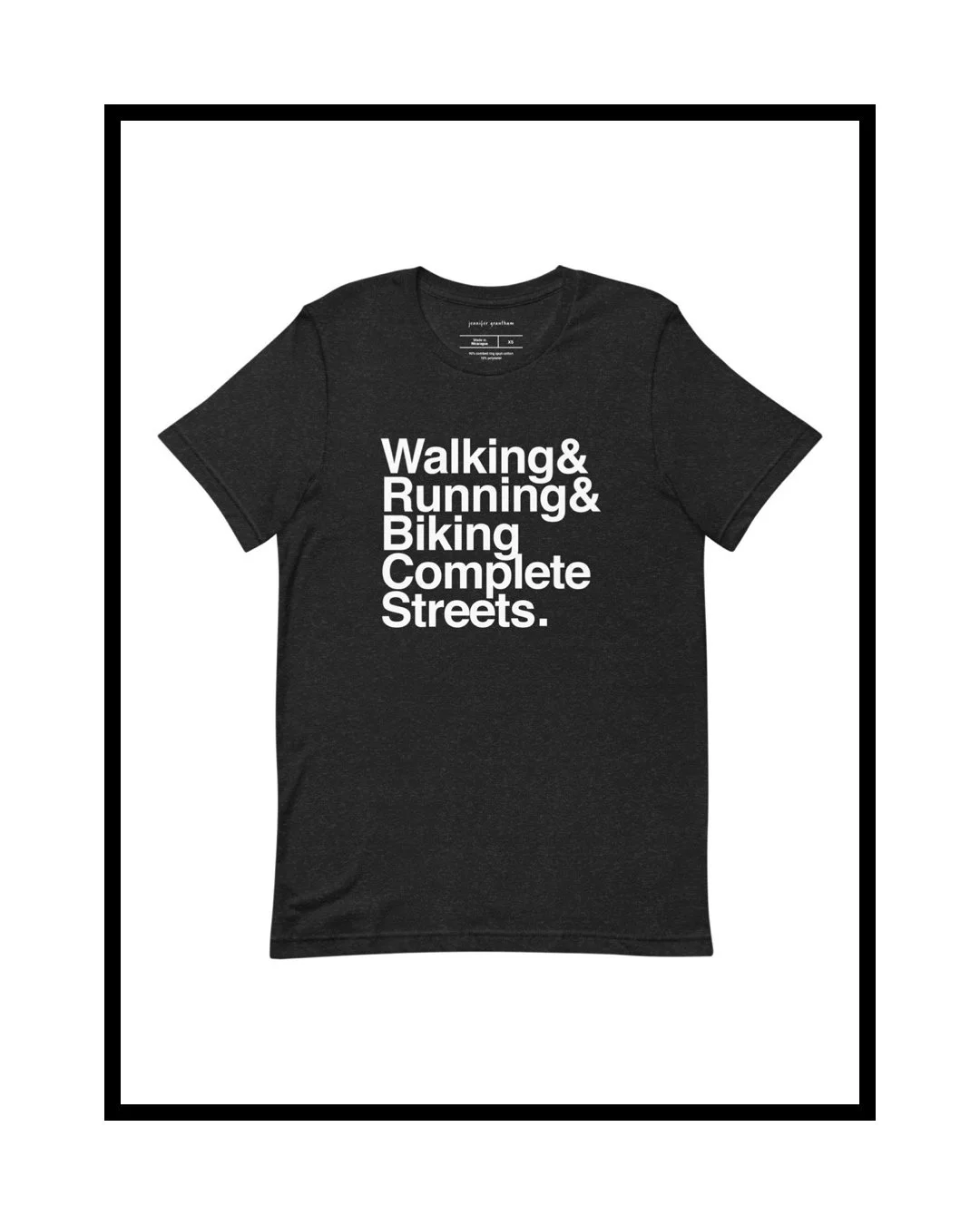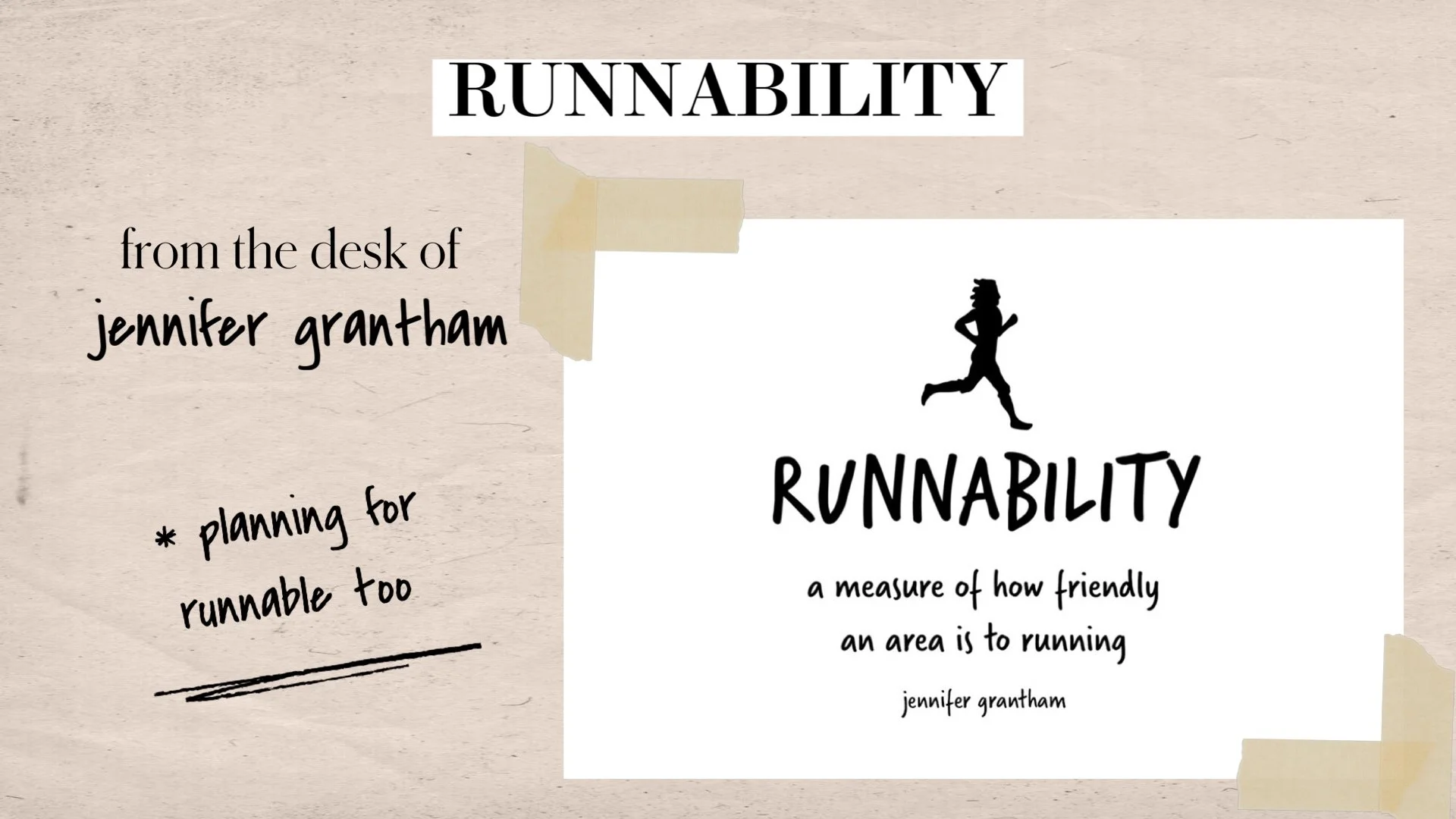Active Design
Health. It’s the biggest problem our cities are facing. From healthcare utilization to recovering from pandemic-era social isolation, the need for programs, plans, and policies supporting public health is evident. Opportunities to develop and maintain personal fitness and support mental respite are hallmarks of a healthy society and part of a necessary planning strategy at the heart of meeting daily physical activity needs. Developing environments that remove barriers to physical activity and social well-being is a necessary step towards improving the healthy identity of a city and the people it serves.
There needs to be acceptable, accessible and affordable introductions to exercise and very few solutions beat having walking, running and biking lanes right out your front door and lining streets of the urban core.
Planning Strategy
Active Design is a planning strategy promoting physical and mental well-being to influence the health probability of a community. Incorporating physical activity into daily life is a placemaking priority, as is ensuring equitable access to spaces that support everyday livability. Physical activity is defined as any voluntary bodily movement produced by skeletal muscles that requires energy expenditure, and encompasses all activities, including both exercise and incidental activity, integrated into daily routine. Healthy cities have generational variety and keeping that perspective in mind at the design table improves planning outcomes that encourage physical activity and social fitness for all age levels and abilities.
“Physical fitness and social fitness are essential aspects of common humanity. They’re how we check in. Space to walk and a place to talk remind us that we all do better with care.”
With ten years experience as an environmental designer, followed by a decade of personal training, I bring a synergistic perspective to the active design table. People are most physically active when their environments are socially supportive, highly walkable and very green. I recognize the links between health and urban development and that design, culture and policy influence the health probability of society by establishing a framework that creates access to the healthy living patterns that enrich our common humanity.
“When it comes to everyday livability, access to active living is the intersection where personal and public health meet.”
Knowing that regular physical activity improves our quality of life, I consult on active design to influence health probability; hoping to promote physical and mental well-being by ensuring equitable access to outdoor exercise and social serendipity by creating the programs, plans places and policies that provide their systems of support. Design is problem solving for people and physical activity is part of everyday life. I’m here to put the active in active design.



